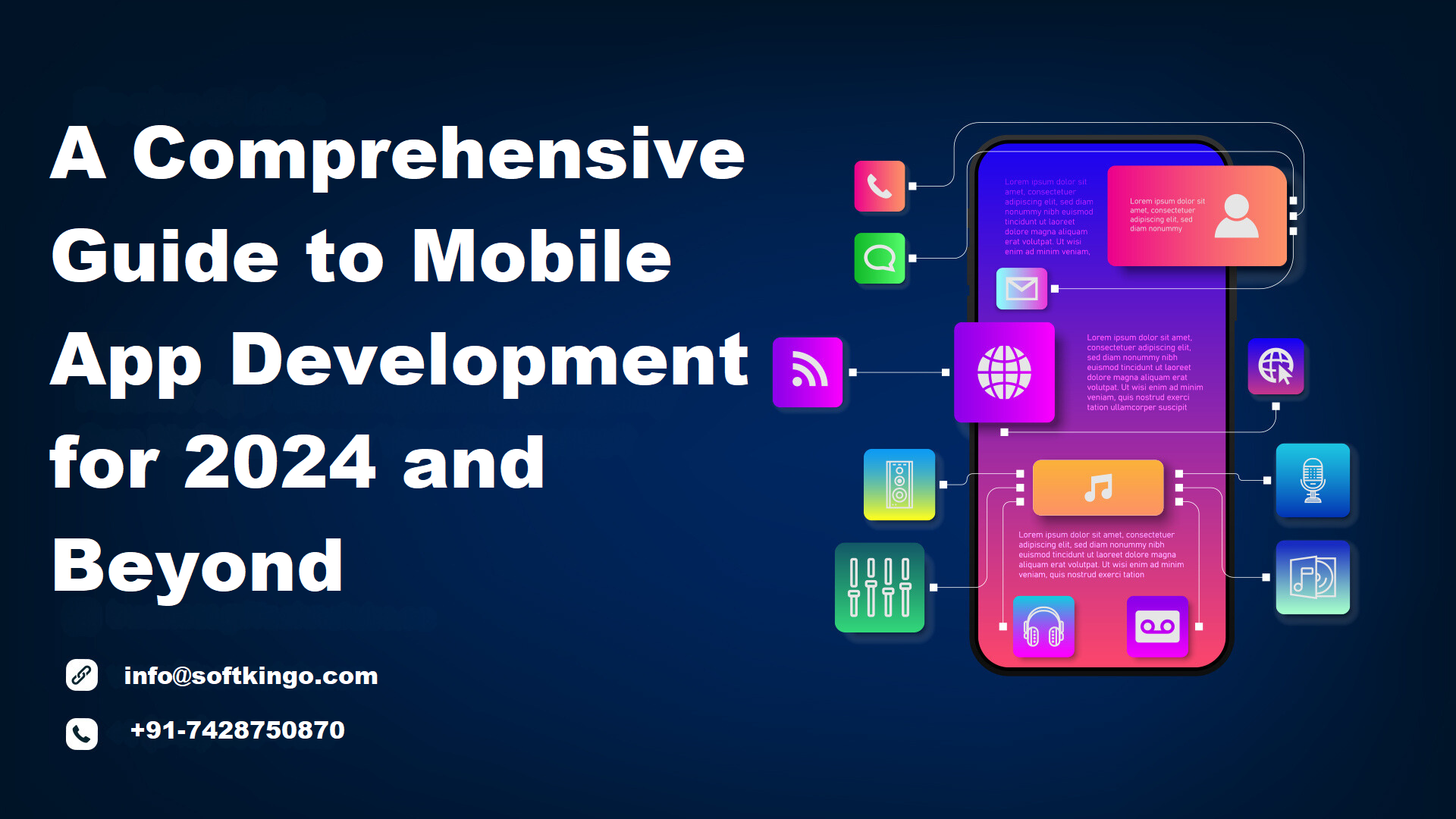
In today’s digital age, mobile apps are indispensable for businesses and individuals alike. As we move into 2024 and beyond, the demand for innovative, user-friendly, and efficient mobile apps continues to grow. This step-by-step guide will walk you through the process of mobile app development, from concept to deployment, ensuring you are well-equipped to create successful mobile applications.
1. Conceptualization and Planning
a. Define Your App Idea
The first step in mobile app development is to clearly define your app idea. Identify the problem your app will solve or the need it will fulfill. Conduct market research to ensure there is a demand for your app and to understand your target audience.
b. Set Goals and Objectives
Establish clear goals and objectives for your app. Determine what you want to achieve, whether it’s increasing user engagement, generating revenue, or providing a valuable service. These goals will guide the development process and help measure success.
c. Create a Detailed Plan
Develop a comprehensive plan outlining the app’s features, functionalities, and user interface. Create wireframes and mockups to visualize the app’s design and flow. Define the technology stack, including the platforms (iOS, Android, or both) and tools you will use.
2. Design and User Experience
a. Focus on UI/UX Design
A successful mobile app requires an intuitive and engaging user interface (UI) and user experience (UX). Design your app with the user in mind, ensuring easy navigation and accessibility. Use consistent branding elements to create a cohesive look and feel.
b. Prototype and Test
Create a prototype of your app to test its functionality and design. Gather feedback from potential users and stakeholders to identify areas for improvement. Iterate on the design based on feedback to enhance the user experience.
3. Development
a. Choose the Right Development Approach
Decide whether to use native, hybrid, or cross-platform development. Native development offers the best performance and integration with platform-specific features, while hybrid and cross-platform development can save time and resources by allowing code reuse across platforms.
b. Backend Development
Set up the backend infrastructure to support your app. This includes servers, databases, and APIs for data storage, user authentication, and other essential functions. Ensure your backend is scalable and secure.
c. Frontend Development
Develop the app’s frontend, focusing on creating a responsive and visually appealing interface. Use the chosen development framework and tools to implement the UI components, navigation, and interactive features.
4. Testing and Quality Assurance
a. Conduct Thorough Testing
Test your app rigorously to identify and fix bugs, ensure compatibility across devices and operating systems, and verify that all features work as intended. Perform functional testing, usability testing, performance testing, and security testing.
b. Beta Testing
Release a beta version of your app to a select group of users for real-world testing. Collect feedback on usability, performance, and any issues encountered. Use this feedback to make necessary adjustments before the final release.
5. Deployment and Launch
a. Prepare for Launch
Ensure your app meets all the guidelines and requirements of the app stores (Google Play Store and Apple App Store). Create compelling app store listings with clear descriptions, screenshots, and promotional videos.
b. Launch Your App
Submit your app for review and approval. Once approved, launch your app on the app stores. Promote your app through various channels, including social media, email marketing, and partnerships, to reach a wider audience.
6. Post-Launch Activities
a. Monitor Performance
Track your app’s performance using analytics tools to monitor user engagement, retention, and other key metrics. Identify any issues or areas for improvement and address them promptly.
b. Gather User Feedback
Encourage users to provide feedback and reviews. Use this feedback to understand user needs and preferences, and to make data-driven decisions for future updates and enhancements.
c. Regular Updates and Maintenance
Continuously update your app to fix bugs, add new features, and improve performance. Regular maintenance ensures your app remains compatible with new devices and operating system updates.
Conclusion
Mobile app development in 2024 and beyond requires a strategic approach, combining creativity, technical expertise, and a deep understanding of user needs. By following this step-by-step guide, you can create a successful mobile app that stands out in a competitive market. Stay updated with the latest trends and technologies, and be prepared to adapt and innovate as the mobile app landscape evolves.